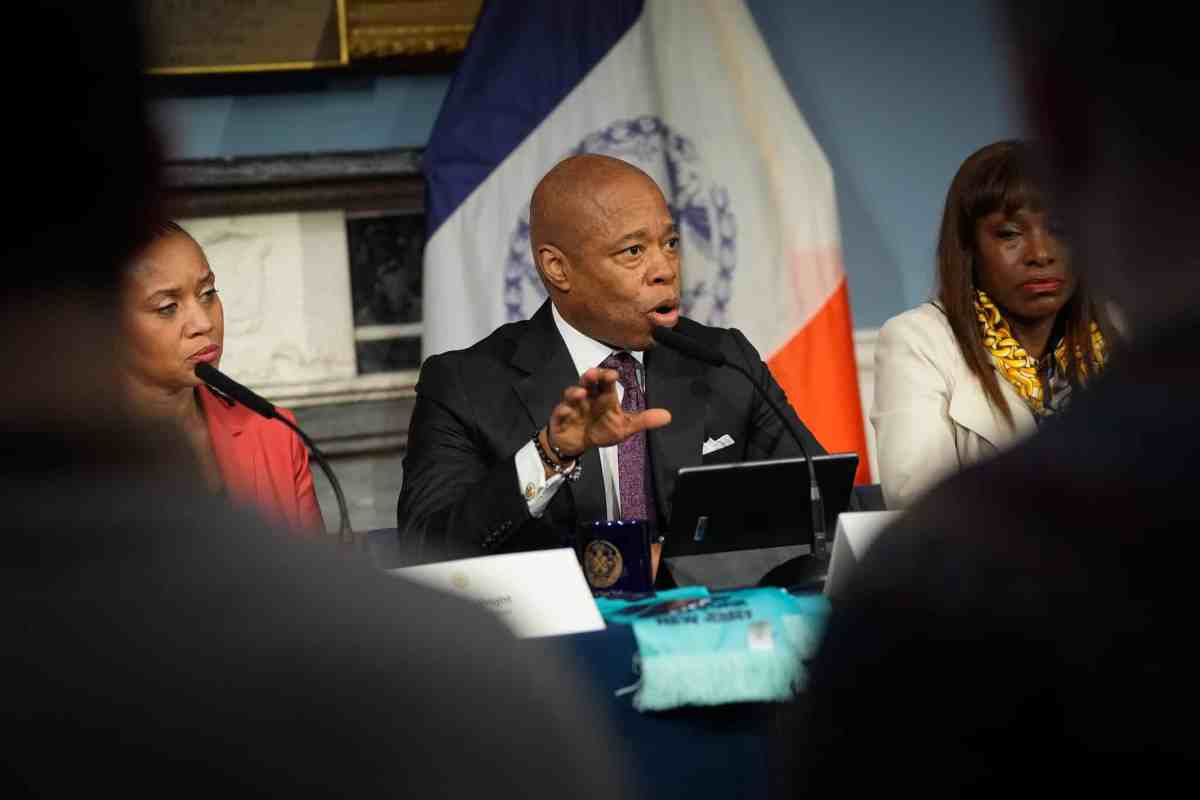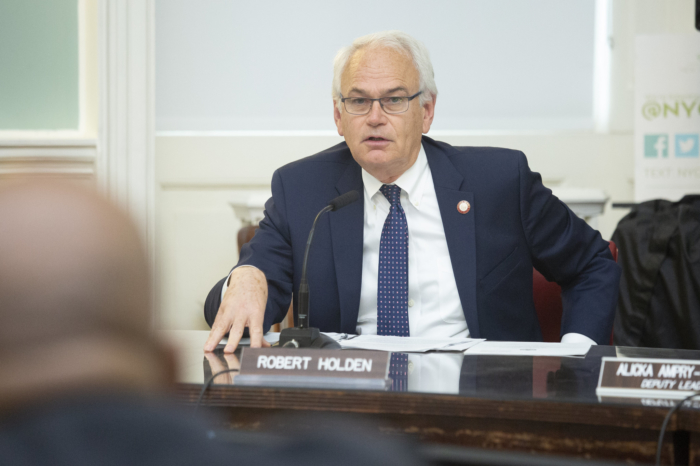EDITOR’S NOTE: The following is a statement of the Hunger Action Network of New York State on Mayor Michael Bloomberg’s contention that families stay in shelters longer because they find them pleasurable.
Mayor Michael Bloomberg’s recent statement that families are staying in homeless shelters longer because they find it pleasurable is the latest example of the delusional nature of his administration when it comes to poverty.
While Bloomberg may have done a good job in improving the quality of life for wealthy New Yorkers, he has failed to improve the situation for many poor and working New Yorkers. Like many rich individuals, especially white male politicians, he has no comprehension of the realities that low-income New Yorkers experience, particularly in a city with one of the highest costs of living in the world.
Under Bloomberg, the city’s welfare safety net is a nightmarish Kafkaesque experience, with an unresponsive bureaucracy forcing poor families in emergency situations to drown in a sea of paperwork and red tape and delay while Bloomberg and his senior staff cite statistics to show that everything is great.
Families are forced to stay in shelters because the Bloomberg administration has failed to provide access to affordable housing.
This situation is especially dire for the lowest-income New Yorkers. As documented by the Coalition for the Homeless, “In March 2011, the Bloomberg administration terminated the Advantage rental subsidy program for homeless families in the shelter system and has, to date, refused to replace it with federal housing programs used successfully in the past by previous mayors. Indeed, for the first time since modern homelessness began, there is no housing assistance in place to help homeless families move from shelter to permanent housing.”
The shelter allowance provided by the city’s welfare system is far below the actual cost of housing. The choice is often between living in unsafe housing in unsafe neighborhoods or homelessness.
Similar situations exist in the city’s public assistance programs operated by the Human Resources Administration (HRA).
The federal government consistently ranked New York about the worst in the country in terms of moving people from welfare to work. A major problem is that NYS and HRA, unlike other states, relies heavily on forced make work (workfare), even though every academic and government study over the last three decades has concluded that workfare, while very expensive, is ineffective in helping to make people employable, especially those with multiple barriers to employment.
HRA also publicly contends that there is a robust job market for low-income New Yorkers, and in fact only Wall Street types are facing a bad job situation. Yet New York City’s unemployment rate climbed to 10 percent in June, equaling the highest level it reached during the recession; it hasn’t been higher in 19 years.
The situation is even worse for minorities.
The Fiscal Policy Institute (FPI) points out (State of Working New Yorkers) that last year’s minor drop in the city’s “official unemployment rate” is largely from no longer counting “discouraged workers” who have been not been able to find a job. For instance, New York City’s July 2011 unemployment rate would have been 10.1 percent rather than 8.7 percent. Household employment according to the Current Population Survey—distinct from payroll employment based on the monthly survey of employers)—has actually fallen in New York City during the first 18 months of the recovery.
































